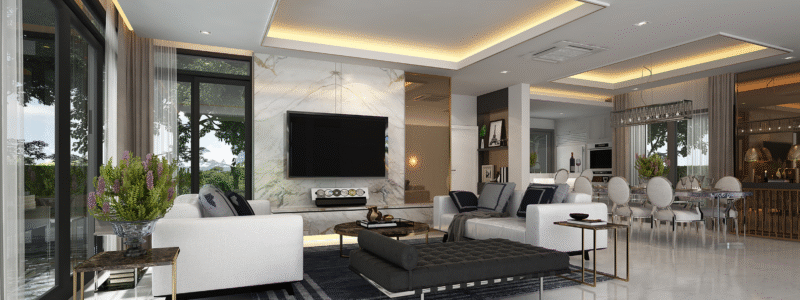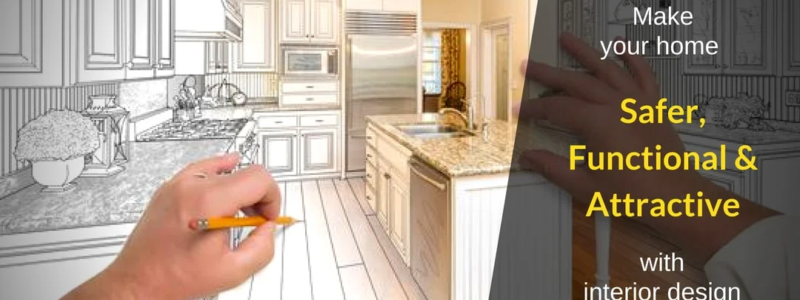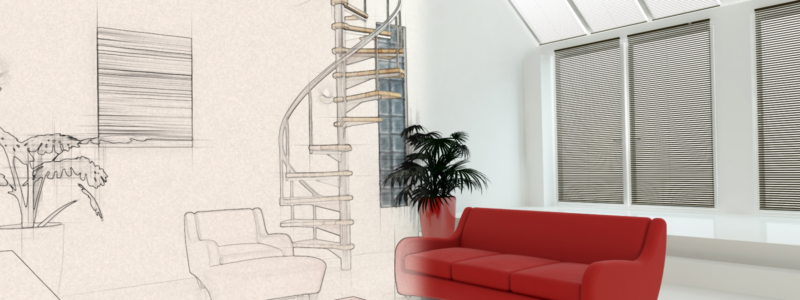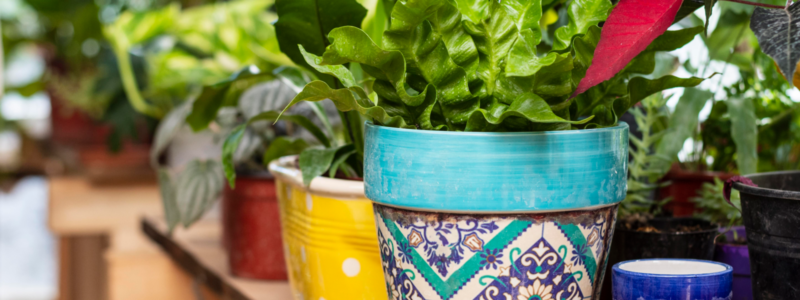How Do You Balance Modern and Traditional Styles in Home Interiors?
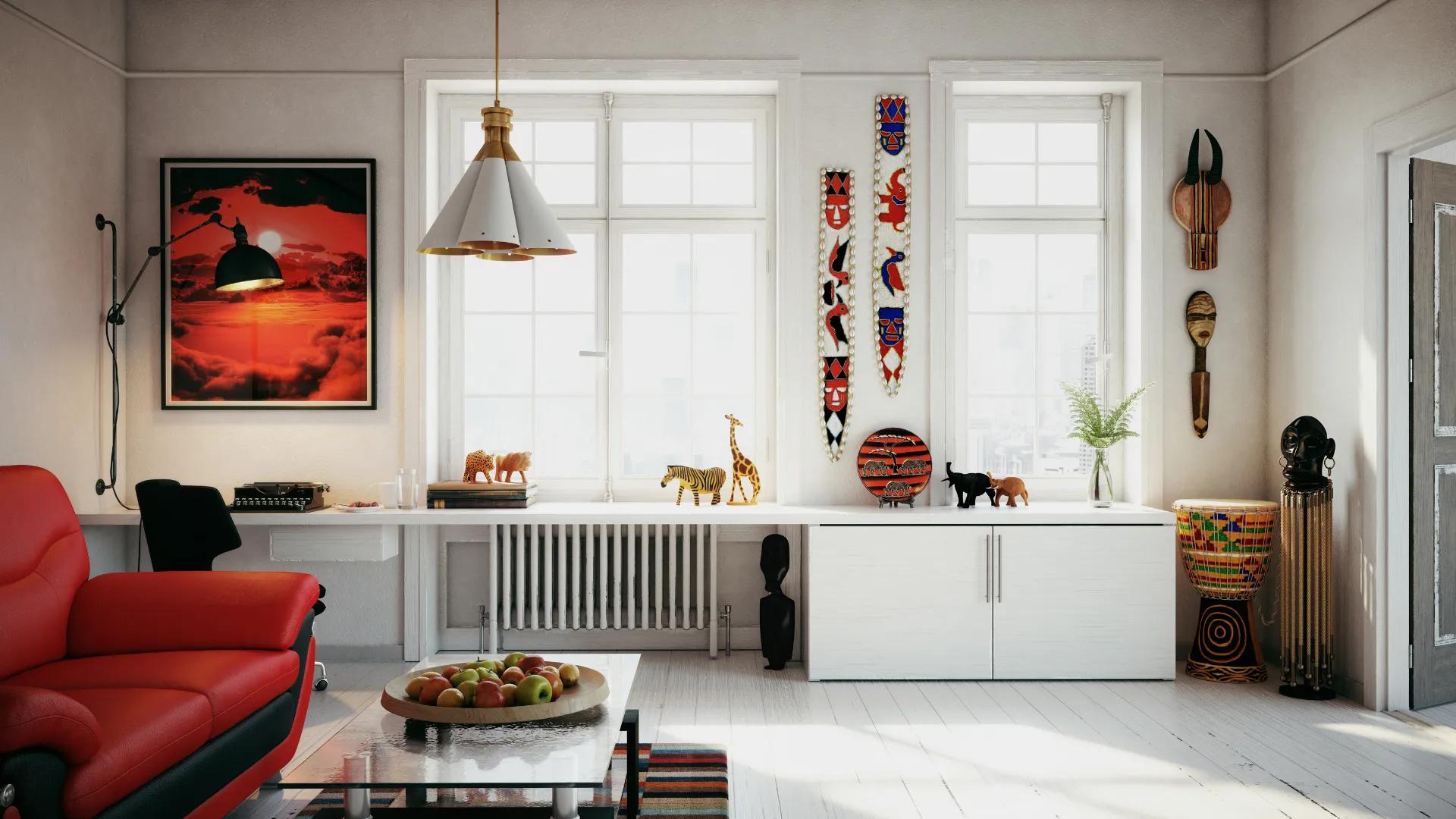
When it comes to home interiors, one of the biggest design challenges—and opportunities—is blending modern and traditional styles seamlessly. Modern interiors often highlight clean lines, minimalism, and functional spaces, while traditional design leans on timeless elegance, rich textures, and intricate details. Striking the right balance between the two can create a space that feels warm yet contemporary, stylish yet comfortable, and—most importantly—uniquely yours.
If you’ve ever wondered how to achieve this blend without your home looking mismatched, this blog is for you. Let’s explore practical strategies, inspiring tips, and design philosophies that can help you merge the best of both worlds.
1. Understand the Core of Each Style
Before blending, it’s important to understand what defines each style:
- Traditional style: Think of ornate furniture, classic patterns like damask or florals, crown moldings, wooden finishes, and warm, layered tones. It’s timeless, elegant, and often nostalgic.
- Modern style: Characterized by sleek lines, open spaces, neutral palettes, and minimalist decor. It focuses on simplicity, functionality, and often embraces materials like glass, steel, and polished surfaces.
By knowing what each style brings to the table, you can thoughtfully curate elements that complement each other rather than clash.
2. Start With a Neutral Foundation
A great starting point for balancing modern and traditional interiors is choosing a neutral base. Walls painted in shades of beige, gray, or off-white create a versatile backdrop where both styles can shine.
Interior Designers in Chennai For Homes often recommend neutral tones as the foundation because they provide flexibility—allowing you to bring in ornate traditional elements alongside sleek modern pieces without overwhelming the room.
- Neutral walls allow a modern sofa to sit comfortably beside a traditional coffee table.
- They also provide balance when mixing bold traditional rugs with minimalist lighting.
This neutral foundation gives you freedom to experiment and keeps the interiors timeless.
3. Blend Through Furniture Choices
Furniture is the heart of your interior, and mixing styles here sets the tone for the entire space. At D2M interior, we believe that blending traditional and modern furniture is an art that adds depth and uniqueness to your home. Consider these strategies:
- Pair opposites: Match a traditional Chesterfield sofa with a minimalist metal coffee table, or place modern dining chairs around a classic wooden table.
- Stick to proportion: While mixing, ensure that the scale of your furniture pieces is consistent. Oversized traditional furniture won’t work well with small, delicate modern chairs.
- Unify with upholstery: Even if the designs differ, choose upholstery or cushions in similar tones to tie everything together.
The goal is to create harmony without losing character, and D2M interior helps you achieve that perfect balance.
4. Play With Materials and Textures
Textures are one of the most effective tools for balancing modern and traditional interiors. Modern design leans toward smooth surfaces, while traditional favors rich and tactile finishes.
- Wood + Metal: Use traditional wooden cabinets with sleek stainless-steel handles.
- Glass + Fabric: A glass coffee table can pair beautifully with an upholstered, carved armchair.
- Stone + Minimalism: A stone fireplace can feel traditional but will look fresh when surrounded by clean, uncluttered layouts.
The interplay of textures adds depth and ensures your interiors feel layered rather than monotonous.
Also checkout, ”TheUltimate Checklist for Your Home Renovation”
5. Use Color to Create Harmony
Color is a powerful connector between styles. Traditional spaces often favor warm palettes—burgundy, browns, golds—while modern interiors stick with cooler tones—grays, blacks, whites. The trick is to find a middle ground.
- Choose transitional colors: Navy, taupe, olive green, and soft charcoal work beautifully to bridge both styles.
- Accent wisely: If you have a traditional rug full of rich tones, keep modern furniture neutral so the rug remains the star.
- Repeat hues: Use a recurring color across modern and traditional elements—like pairing a modern gray sofa with classic drapes in a gray-based pattern.
This consistency ensures cohesion.
6. Mix Lighting Styles Thoughtfully
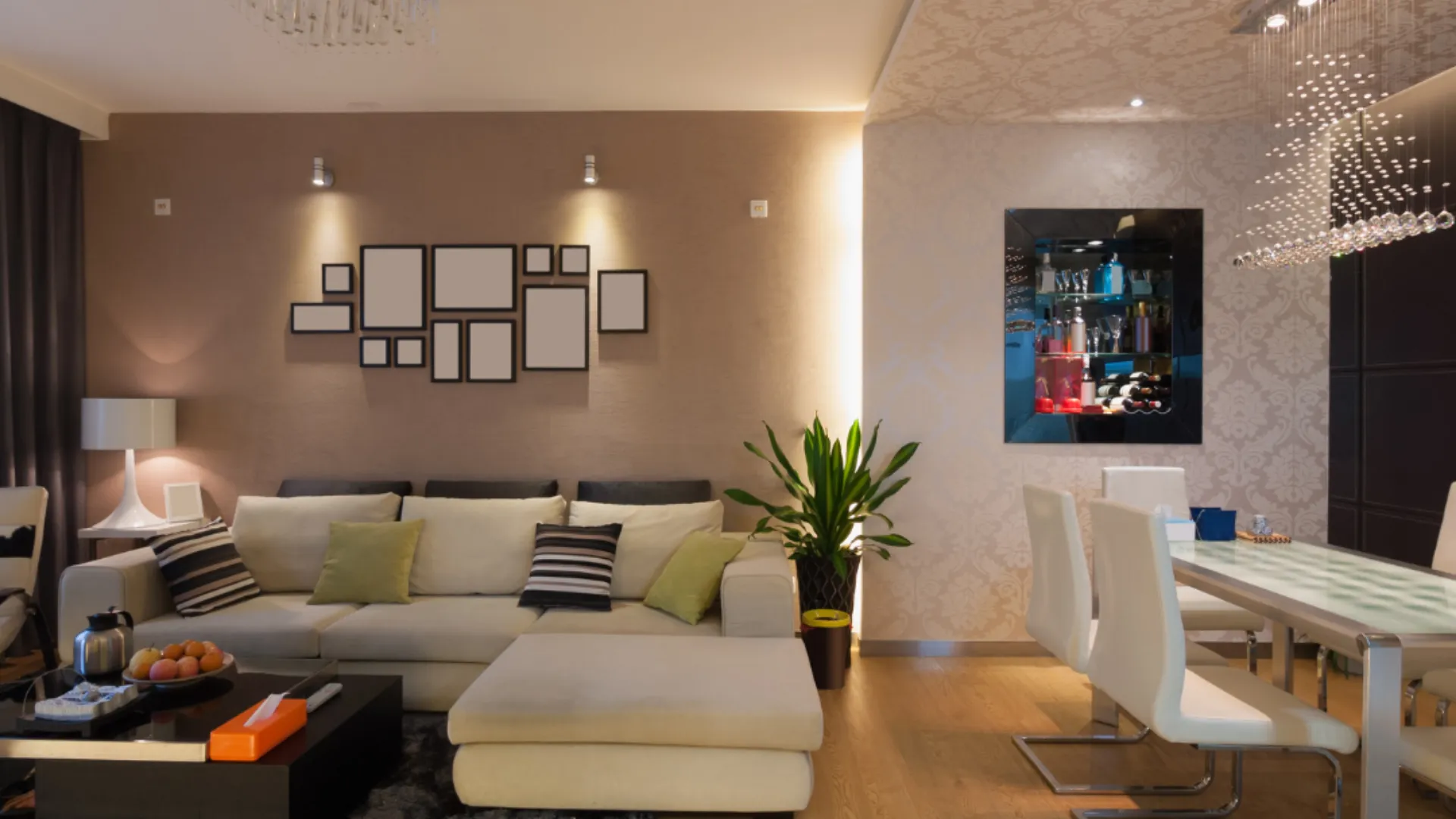
Lighting is one of the easiest ways to merge modern and traditional interiors. A statement chandelier, for example, brings timeless elegance but feels balanced when paired with minimalist recessed lighting.
Some ideas:
- Place a sleek floor lamp beside a vintage armchair.
- Use traditional wall sconces in a hallway with modern art.
- Install pendant lights with contemporary designs above a rustic wooden dining table.
Lighting not only enhances ambiance but also acts as a bridge between different aesthetics.
7. Accessorize With Intention
Accessories can either tie a look together or make it feel cluttered. The key is to choose meaningful accents:
- Art: Hang modern abstract paintings above traditional sideboards.
- Rugs: A Persian rug instantly adds traditional warmth to a modern room.
- Decor pieces: Blend sleek metallic vases with ceramic figurines or ornate picture frames.
Always aim for balance—if one side feels too heavy, lighten it up with elements from the opposite style.
8. Highlight Architectural Features
One of the most striking ways to merge modern and traditional styles is to highlight existing architectural features. A home’s bones—whether arches, moldings, or beams—should be celebrated, not hidden.
The Best Interior Designer in Chennai often emphasizes architectural details such as crown moldings, paneled walls, or fireplaces, combining them with clean, modern layouts for a balanced look.
- A traditional fireplace mantel looks striking in a clean-lined modern living room.
- Large modern windows can beautifully frame a traditional dining setting.
- Modern built-in shelves can display traditional heirlooms.
When highlighted thoughtfully, architecture becomes the natural bridge between old-world charm and new-age design.
9. Create Transitional Spaces
Sometimes, mixing modern and traditional styles in the same room can feel overwhelming. Instead, create transitional zones:
- Keep the living room more modern but introduce traditional touches in the dining area.
- Bedrooms can lean more traditional with layered textiles, while bathrooms remain sleek and modern.
By dividing spaces this way, you create flow without confusion.
10. Follow the 80/20 Rule
A common mistake is trying to make every element half-modern and half-traditional, which often leads to chaos. A better approach is the 80/20 rule:
- Let one style dominate (say, modern at 80%) while the other complements (traditional at 20%).
- For example, a mostly modern room can feature a single traditional piece—like an antique console table—as a focal point.
- Alternatively, a traditional room with rich wooden furniture can feel updated with modern lighting and minimalist artwork.
This ratio keeps the design cohesive yet dynamic.
11. Add a Personal Touch
Ultimately, your home should reflect you. Blending modern and traditional styles isn’t just about following design rules—it’s about weaving in your personality, memories, and lifestyle.
- Incorporate heirloom furniture alongside modern art you’ve collected.
- Use traditional textiles from your heritage with modern furniture silhouettes.
- Display a mix of family photographs in classic and contemporary frames.
This personalization ensures your home feels authentic and timeless.
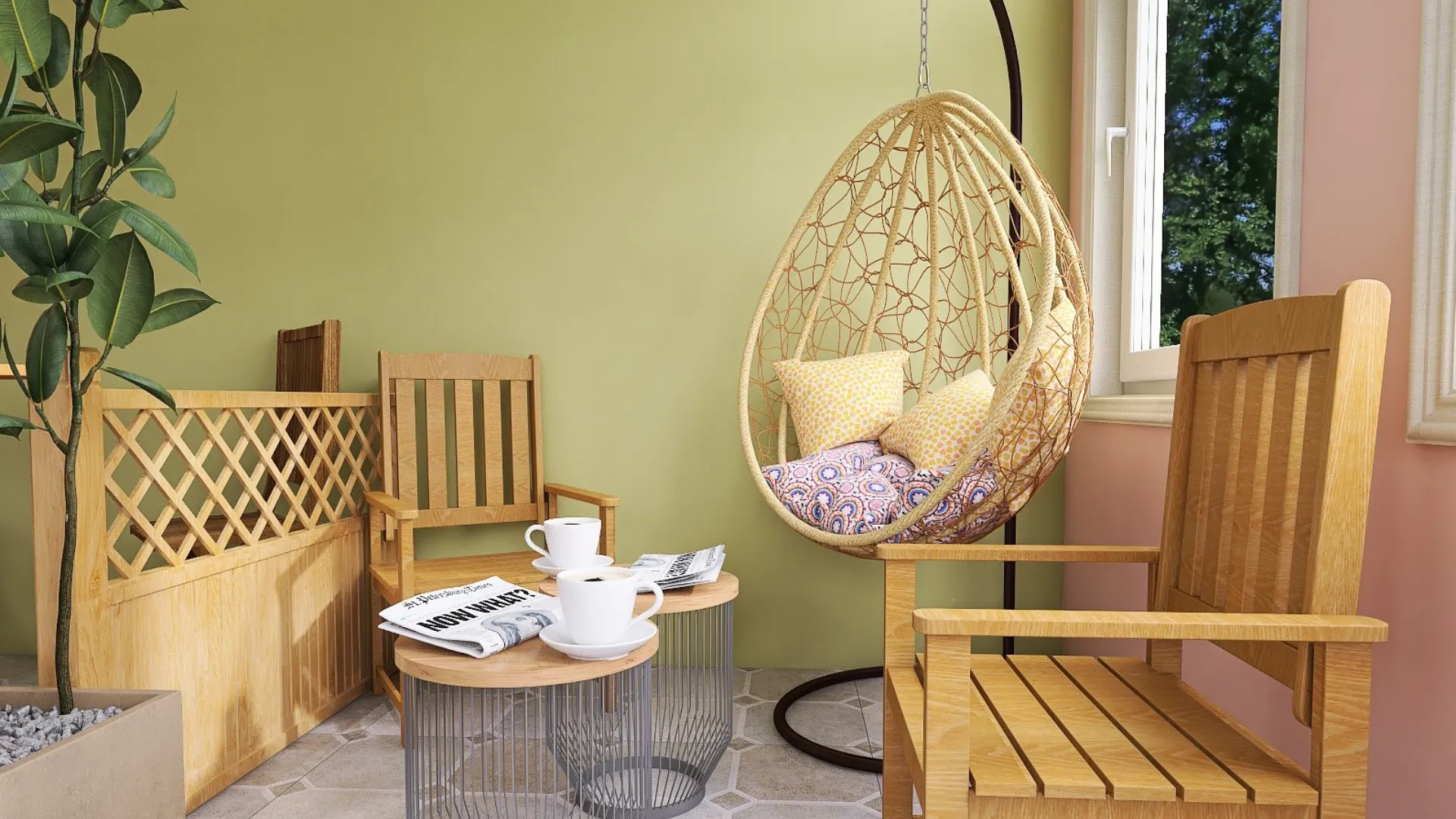
12. Seek Inspiration but Stay Practical
Look to interior design magazines, Pinterest boards, or model homes for inspiration, but adapt ideas to your space. What works in a grand traditional villa may not suit a compact modern apartment.
Also, consider practicality:
- Modern furniture often offers ergonomic comfort and functionality.
- Traditional pieces bring emotional warmth and sturdiness.
When blended thoughtfully, your interiors can achieve both comfort and style.
Final Thoughts
Balancing modern and traditional styles in home interiors is about finding harmony in contrasts. By thoughtfully mixing furniture, materials, colors, lighting, and accessories, you can create a space that is both stylish and timeless. Remember the golden rules—start with a neutral foundation, play with textures, highlight architectural features and always a personal touch.That’s what makes the balance not just beautiful but meaningful.
